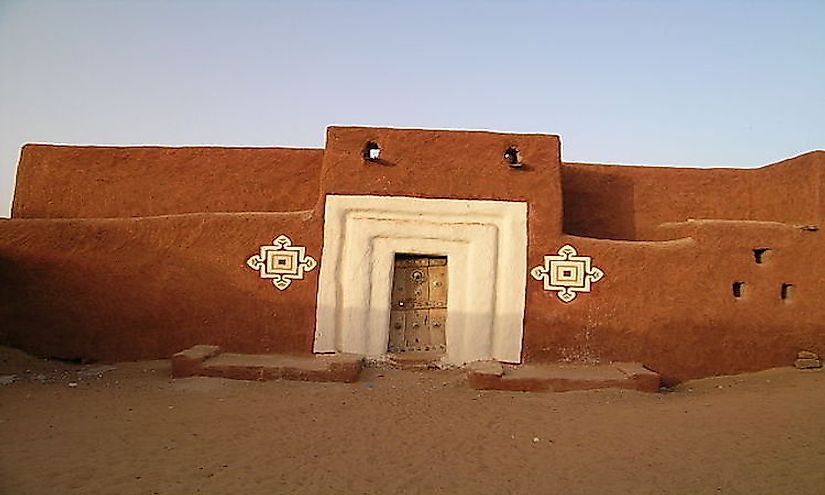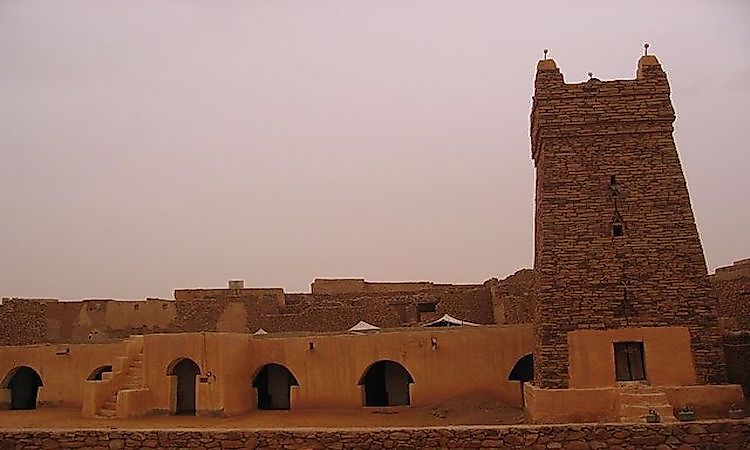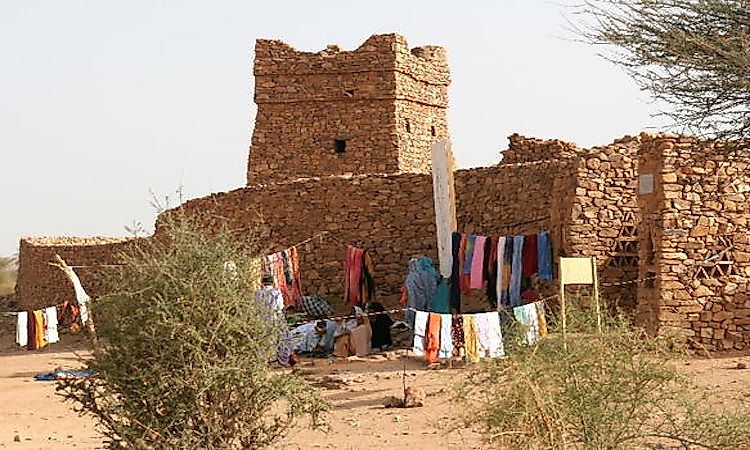Ancient Trans-Sahara Caravan Towns Of Mauritania

The trans-Saharan trade took place between Mediterranean Africa and sub-Saharan countries across the Sahara desert. The trade used camel caravans to cross through the desert as camels could withstand the desert conditions. Several routes passed through the desert in countries like Mauritania. The country has maintained the ancient manifestations of the early civilization through the landmarks left behind by the traders. Some of these routes are still used by a few traders who still rely on caravans to cross the Sahara desert.
5. History of Trans-Saharan Trade Routes in Mauritania -
Mauritania became an important stopover for the trans-Saharan trade caravan with the most important trade routes being made through the old towns of Ouadane, Chinguetti, Tichitt and Oualata. The trade routes were important Muslim stopovers as well as passages through the Sahara region. The route was active and attracted large settlements between the 11th and 17th century after which the trans-Saharan trade began to decline. The trade routes eventually lost, most of their prestige as trade routes and in turn became sparsely populated and highly abandoned. Most of the routes in Mauritania were left to the destruction by sand storms and erosion until they were listed by the UNESCO as a cultural World Heritage Sites which has improved on the conservation and kick-started the restoration process for the ancient Mauritanian trade route.
4. Ouadane, Chinguetti, Tichitt, and Oualata -

The Ancient Ksour of Ouadane, Chinguetti, Tichitt, and Oualata were founded in the 11th and 12th centuries and served as important trade and religious routes for caravans across the Sahara. The ancient towns included settlements and structures that supported the social, cultural and economic life of the nomadic culture of the Western Saharan people. The towns grew as a result of the trade interactions between West Africa and the Mediterranean regions and were a major center for the growth of the Islamic religion. The towns are an important illustration of the development of an urban centre that adapt outstandingly with extreme dessert conditions.
3. Architecture, Archaeology, and Culture -

The ancient trans-Saharan caravan towns hold significant cultural, archaeological and architectural significance in the understanding of the way of life of ancient civilisations and their interaction with the desert environment. Architectural designs in these towns was characterised by narrow winding streets and lanes, mosques with square minarets, decorative stone architecture, houses with patios and central courtyards. The towns were important religious centres and served as a resting place for the Muslims on their way to Mecca for pilgrimage. The towns are important in understanding the ancient Islamic culture by these long distance nomadic people.
2. Nature, Sights, and Sounds -
Some of the important features in the towns include the Friday Mosque of Chinguetti, a manuscript museum with records dating to the early centuries at Oualata, sandstone buildings, ruins of ancient mosques and settlements, the Tagant Plateau and a museum located in Tichitt.
1. Threats and Conservation Efforts -
The ancient caravan towns are at a threat of destruction and damage to their authenticity due to the migration of people from the towns as well as replacement of the old constructions, climate change (including the rapid expansion of the Sahara desert) and social-economic pressures. The towns are currently listed as UNESCO World Heritage Sites and placed under the Ministry of Culture which is charged with overseeing the enforcement of conservation and protection laws aimed at maintaining of cultural heritage sites.











